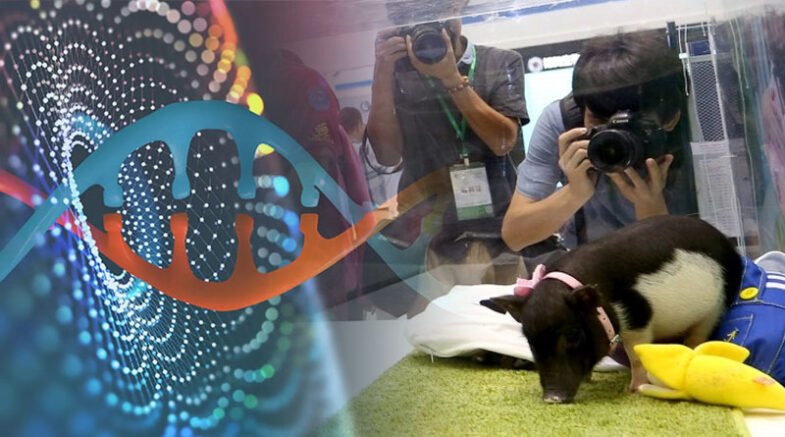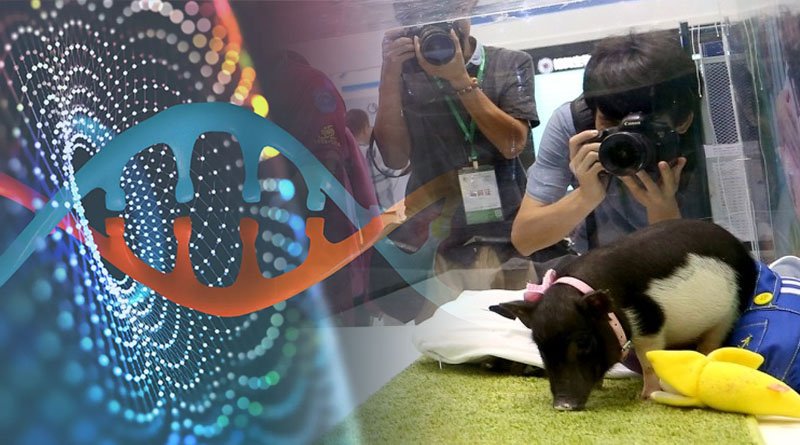The average population of each breed is over 60, and these breeds have notable pathological characteristics, according to the report.

Three Bama miniature pig breeds were developed by a Chinese scientific team for experimentation. They are new pig breeds of diseases made using genetic engineering (GE) tech that have successfully undergone identification for the first time and are crucial for the nation’s life science research and the growth of the bio-medication sector.
Three different breeds of Bama miniature pigs were created using genetic engineering (GE) tech for use in experiments by the Agricultural Genomics Institute in Shenzhen, which is part of the Chinese Academy of Agricultural Sciences (CAAS).
The National Infrastructure of Animal Model Resources has identified them as fresh resources for experiment-use animals, according to a report posted on the CAAS website on Monday. Through their own developed polygene precision editing technology, the researchers were able to produce six pigs that were ApoE and LDLR double gene knockouts.
Researchers also succeeded in breeding three stable miniature pigs with diseases using genetic testing and other technologies. The average population of each breed is over 60, and these breeds have notable pathological characteristics, according to the report.
Bama miniature pigs are small, low-cost, highly inbred, and anatomically and physiologically similar to humans.
They are also genetically stable. Because of this, the breed makes a great model for studies on the cardiovascular, gastrointestinal, renal, and skin systems as well as xenotransplantation. According to China’s strategic requirements, new animal resources are being developed for use in experiments.
According to the report, the successful breeding of miniature pig breeds has given theoretical and technological support for gene-editing large animal breeds and is significant for the nation’s life science research and advancement of biomedicine.
Additionally, China has encouraged independent innovation to ensure its livestock and poultry breeding resources in recent years, with the self-sufficiency ratio of important livestock and poultry breeds exceeding 75% in 2021. These new animal breeds will be used experimentally.
In order to provide a theoretical foundation and technical support for genetic improvement and breeding, the CAAS has made significant advancements in functional gene cloning, genome analysis, and key breeding technologies for major livestock and poultry, including pigs, beef cattle, goats, chickens, ducks, and horses. Numerous functional genes with excellent breeding potential have also been found.
The CAAS also pledges to collaborate with enterprises, set up innovation bases, and promote the application of breeding technologies, aiming to create a series of livestock and poultry breeds with international competitiveness.
